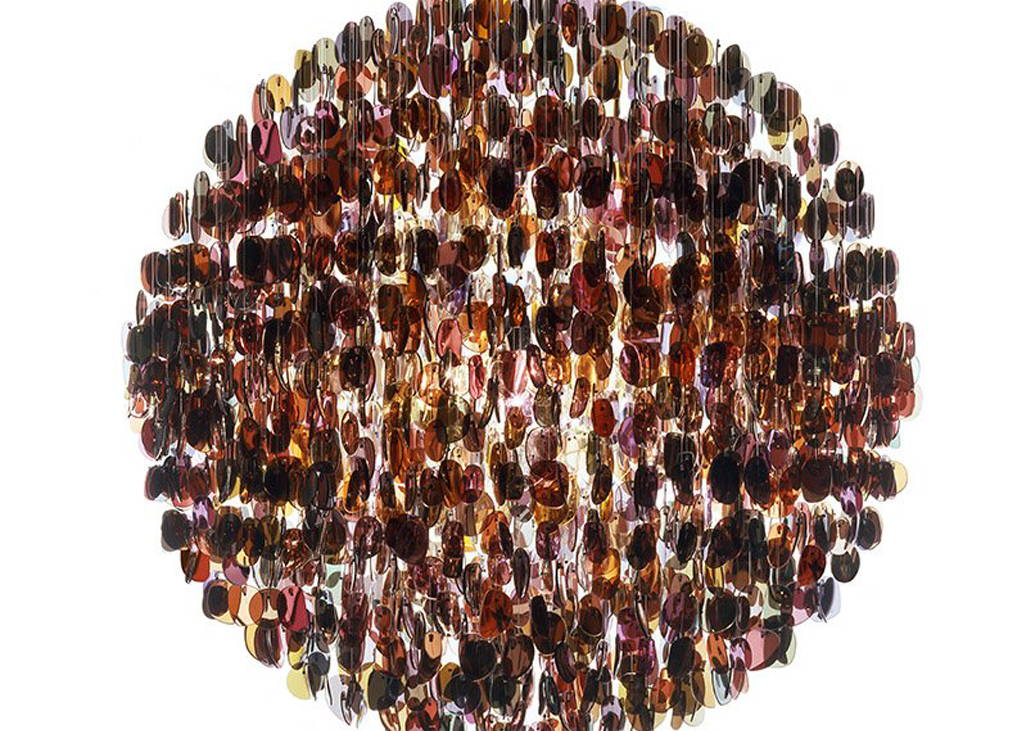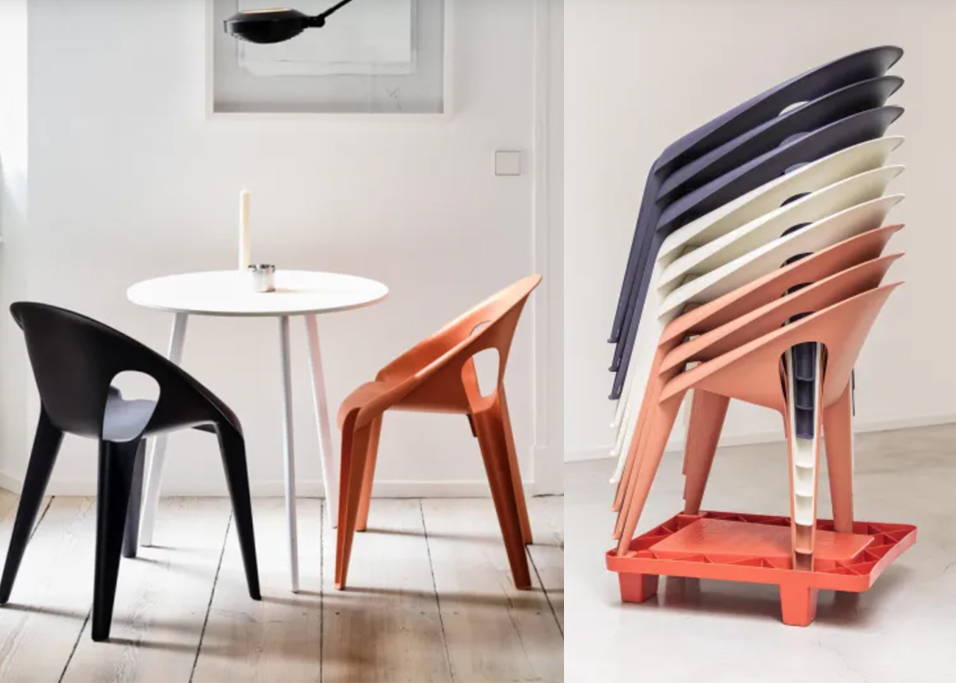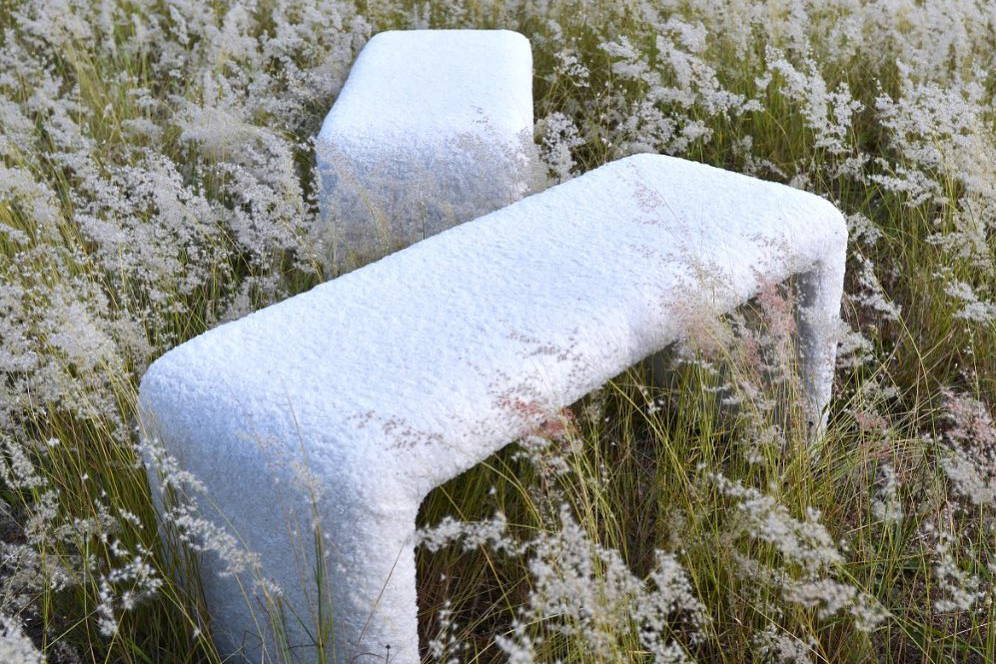
Why Old is Now New
The art of upcycling.
By Greer Krige
Upcycling is defined as using old, leftover or used items to create new modified pieces often with a contemporary twist.
It’s a move that is part of the conscious consumerism shift towards a zero-wastage ethos.
Repurposing materials and products in a creative way that expands their lifespan. It’s been popular in the fashion industry for some time and is now moving across to the décor sphere.
Not just DIY:
Now we’re not talking about crafty DIY projects where you reuse a glass jar as a candle holder- although this is a starting point- but rather innovative initiatives that are at the forefront of design and in many cases moving into high end, Haute level of the design scale. Thrift shops, vintage and antique markets are a literal treasure trove of items that can be reused through upcycling to create something new from the old.
Patience and Gough - a UK-based design duo seek to change people’s stereotypical association of upcycling. Moving away from the crafty, shabby chic aesthetic which has become closely associated with it, the creative pair are leading the industry with their defined design aesthetic
The creations resulting from upcycling are unique, they have a story and make for great conversation starters. Take for example the contemporary seating designed by Okasie, vintage tapestries are used to upholster seating pieces to combine the old material with a modern design creating one of a kind creative masterpieces.
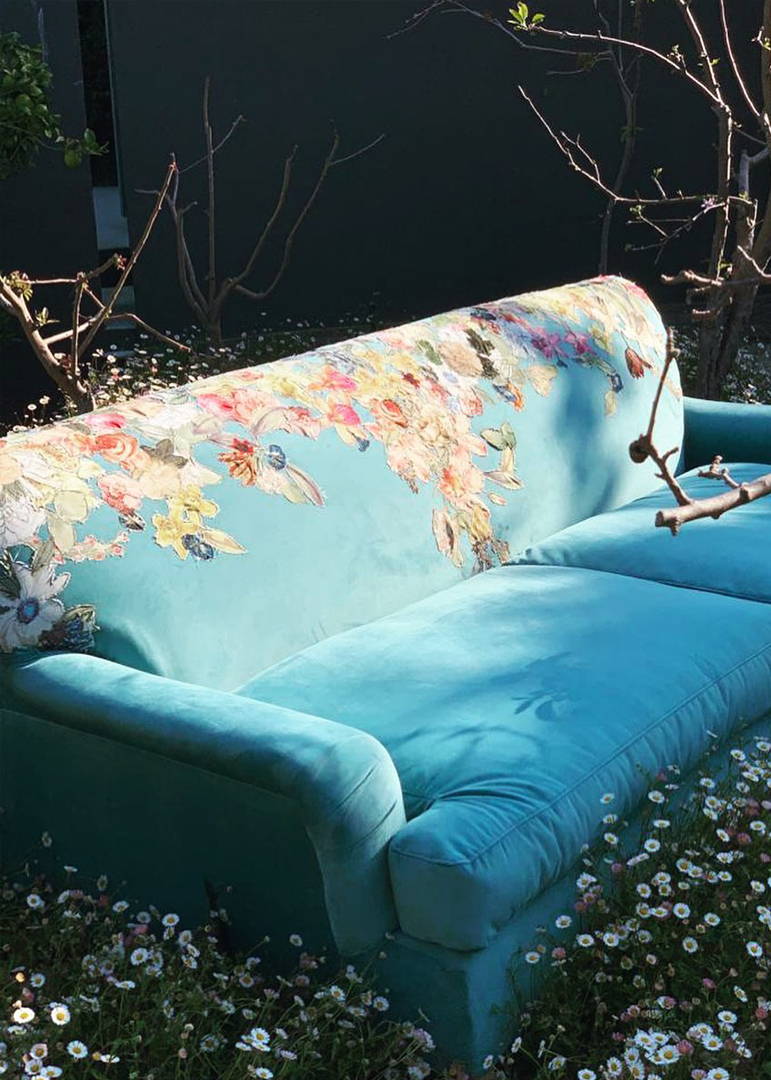


Kinder to the planet:
Products of upcycling are notably kinder to the planet as carbon emissions are minimized as there is less manufacturing and processing required and the materials have longer lifespans.
This innovative design intends not only to have a positive impact on the environment but also contributes to the circular economy so that maximum use is extracted by keeping products in productive use although in modified forms from resources and generating minimal waste.
Difference between upcycling and recycling:
In recycling materials like plastic, paper and tin are broken down and used to create a completely new product. E.g. Bell chair from the Italian designer house Magis. is made of 100% polypropylene, which are recycled industrial plastic scraps from the Italian automotive industry.
In upcycling, the original material doesn’t have to be broken down but is rather reused in a creative way. The Trigas rug is made from offcuts of Indian sari material which would otherwise go to waste.
The Retyrement Plan founded by Anu Tandon Vieira uses old and waste materials to create vibrant, contemporary designs for sustainable home decor. Vieira works with skilled urban migrant artisans and craftsmen who deftly craft beautiful chairs, pouffes, stools, swings and armchairs from repurposed urban waste like textile ropes, cane, bamboo, and used tyres.
Both contribute to the circular economy - Within this circular economy old is turned into new, in the context of design and aesthetics.
Haute cycling:
Is high end, luxurious, artistic and extravagant upcycling. The statement chandeliers by British artist Stuart Haygarth are an example of this. Everyday objects such as items that washed up on the beach; used party poppers from a new year’s eve celebration are transformed into striking design pieces. The mission in his words: "To give banal and overlooked objects a new meaning".
Another expert in this field is Yinka Ilori - a London-based furniture designer who focuses on upcycling found objects into thought-provoking conversation pieces. Inspired by the waste in the furniture manufacturing industry, Ilori breathes new life into existing pieces sourced from Ghana, Nigeria and the UK. Ilori's creative style is influenced by his upbringing in North London and heritage in Nigeria.
A local South African brand Z-stitch by thrifty collector Zelda Hamilton, repurposes vintage and retro finds into beautiful one-of-a-kind handbags and backpacks Heath Nash a designer and maker - is best known for manipulating plastic bottles into incredible statement lighting pieces.
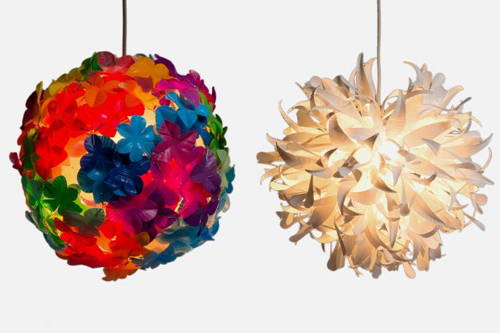
Image Heath Nash
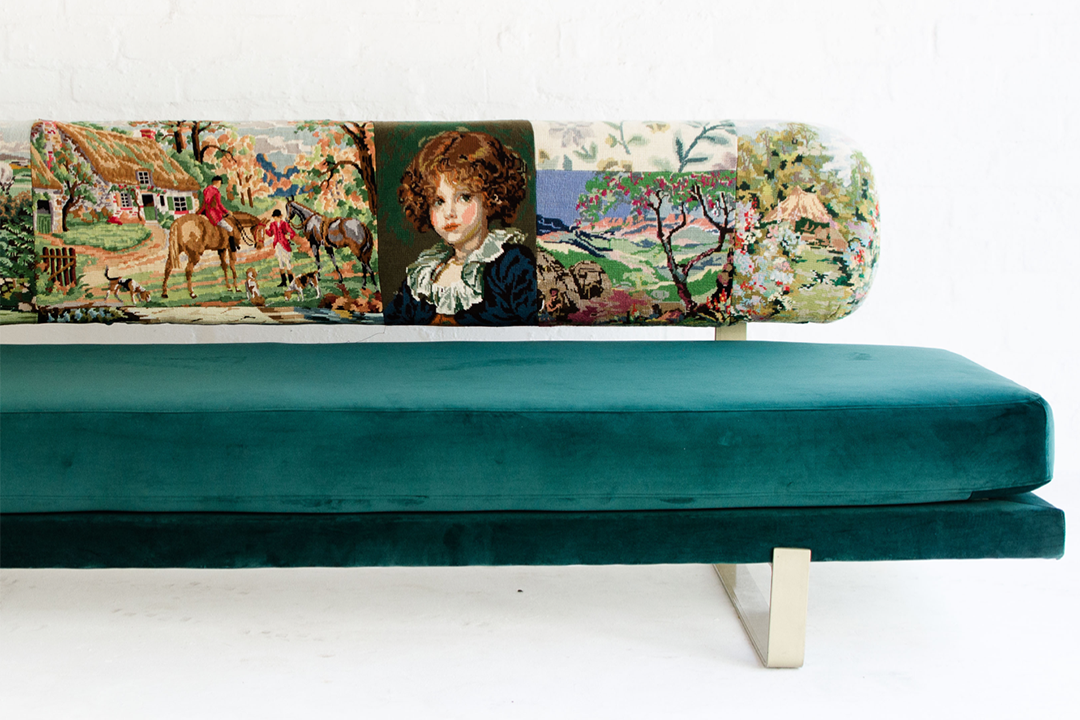
Image Okasie
So whether you choose to embark upon your own upcycling initiative - visit a local market and select a piece of vintage tapestry that you can use to create a scatter cushion that no one else will have or support a business following this eco-sensitive path, it's time to take the first step to a more conscious décor and design style.




